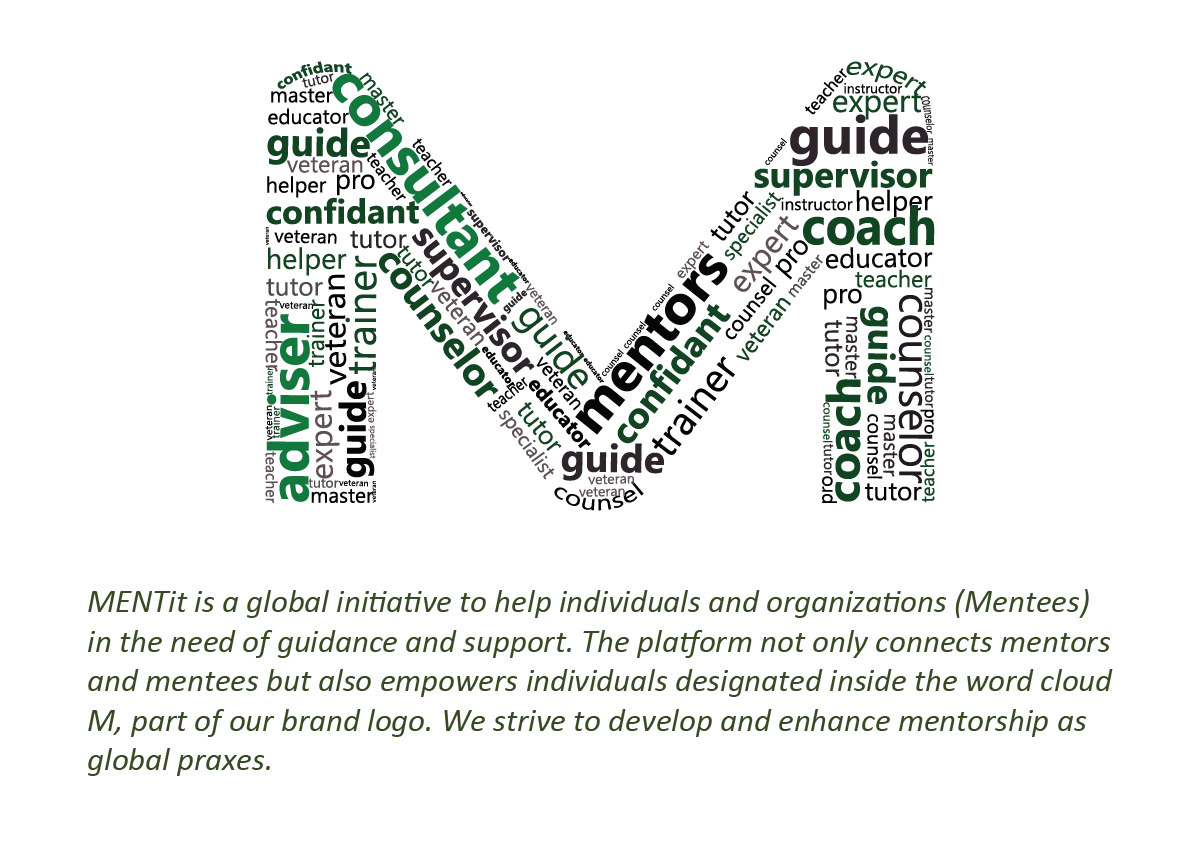The race to save
By Author: Mr. VIPIN AGRAWAL (MENTit Both)Affiliation:
The company which did the report- Standard Chartered
About the company- Standard Chartered is a British multinational banking and financial services company headquartered in London, England. It is authorised by the Prudential Regulation Authority and regulated by the Financial Conduct Authority and Prudential Regulation Authority.
Area of research- How the emerging affluent are preparing for tomorrow
Name of the organization which did the survey- GlobeScan
Participants of the survey- 8,000 emerging affluent consumers across China, Hong Kong, India, Kenya, Korea, Pakistan, Singapore and Taiwan.
Duration of the research survey- Fieldwork took place between November and December 2016 via online surveys (China, Hong Kong, India, Korea, Singapore and Taiwan) and face-to-face interviews (Kenya and Pakistan).
The main points of discussion in the survey:
- The emerging affluent is lighting a fire under economic growth in some of the world’s most dynamic markets
- How often do you save money for your top savings priority?
- How do you typically save to achieve your top savings priority?
- Growth in 10-year returns by switching to a conservative (low-risk) wealth management investment approach
- The low-interest-rate environment discourages me from saving more than I currently do
- I am confident in achieving my top savings priority
- Millennials storing money for their top savings priority at home
- becoming digitally savvy savers
- Property is a top savings priority for a considerable proportion of the emerging affluent.
- Things to come: preparing for tomorrow
Findings of the survey:
- As their spending power increases, so do their ambitions, but many are still some distance away from reaching their personal goals. While 31 per cent consider themselves close to reaching their main savings priority, 41 per cent say they are far from achieving this.
- The emerging affluent are active savers and, as such, are in a strong position to grow their savings pot. Two-thirds (67 per cent) save towards their top priority every month – rising to 70 per cent in Hong Kong, 74 per cent in Singapore, 76 per cent in Korea and 79 per cent in Kenya – while 17 per cent in India do so every week
- The emerging affluent are relying on a basic approach to saving money, which could add years to the amount of time it takes them to achieve their savings goals. The most common approach used by this demographic to achieve their top savings priority is a basic savings account (43 per cent). In fact, this is also the preferred method for achieving second (39 per cent) and third (38 per cent) savings priorities. The top savings priority in China and Korea is a time deposit, half of emerging affluent savers in Pakistan prefer to store their savings in cash at home.
- Our research shows that the emerging affluent in Asia could increase the return on their savings by an average of 42 per cent over a 10-year period if they switched from a largely basic savings approach to a low-risk wealth management investment strategy.
- Almost a third (30 per cent) of people in the markets surveyed cite low-interest rates as a barrier to saving more. As demonstrated by Figure 5, this sentiment is felt most strongly in China (39 per cent), Korea (38 per cent), Taiwan (38 per cent) and India (32 per cent).
- The confidence of the emerging affluent in achieving their top savings priorities has fallen, with Hong Kong witnessing the largest drop (18 percentage points) and demonstrating the lowest level of confidence overall.
- Millennials (aged 25-34) are more likely to keep their savings at home (11 per cent) than 45-55-year-olds (9 per cent). This figure rises to 19 per cent of millennials in India and 51 per cent of millennials in Pakistan
- Digital banking tools have a good following among the emerging affluent, with 23 per cent using these frequent and more than half (54 per cent) at least sometimes.
- Human interaction, however, still has a major role to play, as evidenced by the most common sources of information used by the emerging affluent to plan their finances: friends and family, financial institution/bank websites and financial advisers come top of the list. Almost a quarter (23 per cent) admit to saving less than they could due to difficulty in setting financial goals and monitoring their savings progress – challenges that could be overcome through the efficient use of digital tools.
- A fifth (19 per cent) of emerging affluent savers who never use digital tools say it is because they are not familiar enough with the technology and need advice on how and when to use it.
- The emerging affluent in China are the most likely to use digital tools and services frequently (47 per cent), as well as most likely to use an online budgeting tool (28 per cent), expert advice on social media (37 per cent) and financial institution/bank websites (55 per cent). More than one in 10 (12 per cent) of these consumers cite funding a business as their number one savings priority – double the global average of 6 per cent.
- The emerging affluent in Korea (25 per cent), Hong Kong (24 per cent), Taiwan (21 per cent) and China (12 per cent) all consider buying a home as their number one priority, with Singapore (15 per cent), Kenya (15 per cent) and India (11 per cent) also citing this as an important goal. This sentiment is particularly strong in the millennial (25-34-year-old) age bracket.
- Saving for their children’s education is among the top priority, with almost a third (29 per cent) in Pakistan choosing it as their number one savings priority and almost a quarter (23 per cent) in Kenya. The most popular top savings priority among 35-44-year-olds in the markets surveyed.
Many emerging affluents hope to own their own home one day – a major purchase and one that is becoming more challenging and more costly in many of these markets due to rising demand and increasing house prices. They also want the best education for their children, but costs are spiralling and competition for the top places can be high. The emerging affluent are saving proactively and regularly. By making full and proper use of the tools, products and services available they could reach their top goals sooner.
Questions :
1) The report was done by?
- Standard chartered
- Global markets
- Societe generale
- Synchrony
2) What is the title of the study report?
- Achieving financial goal
- The race to save
- Social mobility
- Economic growth
3) What kind of services is provided by Standard chartered plc?
- Auditing
- Human resource
- Banking and financial services
- Investment policies
4) Who did the survey?
- Standard chartered
- Global markets
- Societe generale
- Globescan
5) When was the report done?
- 2020
- 2016
- 2018
- 2017
6) How many participants were included?
- 5200
- 6500
- 6000
- 8000
7) How many % think they are far from reaching their personal goals?
- 41%
- 50%
- 28%
- 34%
8) Where the emerging affluents prefer to store their savings at home in cash?
- India
- Kenya
- Korea
- Pakistan
9) Where the top saving priority is time deposit?
- India and Pakistan
- Kenya
- China and Korea
- Singapore
10) Where the emerging affluent are most likely to use digital tools and services frequently?
- India
- China
- Korea
- Singapore
11) Where the most emerging affluents consider buying a home as their number one priority?
- Korea
- China
- India
- Pakistan
12) A ....... % of emerging affluent savers who never use digital tools say it is because they are not familiar enough with the technology and need advice on how and when to use it.
- 50%
- 19%
- 34%
- 32%
13) Where the most emerging affluents consider saving for their children’s education as their number one priority?
- China
- Pakistan
- India
- Korea
14) Where the most emerging affluents consider funding a business as their number one priority?
- China
- Pakistan
- India
- Korea
15) The emerging affluent in Asia could increase the return on their savings by an average of ....... % over a 10-year period if they switched from a largely basic savings approach to a low-risk wealth management investment strategy.
- 50%
- 42%
- 35%
- 45%
16) Where the confidence of the emerging affluent in achieving their top savings priorities has fallen the most?
- China
- India
- Pakistan
- Hong Kong
17) What % of people in the markets surveyed cite low-interest-rate rates as a barrier to saving more?
- 45%
- 50%
- 30%
- 40%
18) What % of responders admit to saving less than they could due to difficulty in setting financial goals and monitoring their savings progress?
- 34%
- 43%
- 23%
- 32%
19) The most common approach used by this demographic to achieve their top savings priority is?
- Time deposit
- Savings account
- Storing in cash at home
- Online budgeting tool
20) What % of emerging affluents save towards their top priority every month?
- 67%
- 56%
- 45%
- 34%
References:
Disclaimer:
The views/opinions expressed in this blog by me as a MENTit user are my personal. MENTit or its promoters or other users may not share the same views or opinions as mine. If any copyright/trademark/patent/plagiarism/controversy issue emerges because of this article written by me, I, as an author, shall be the sole responsible for the consequences.








